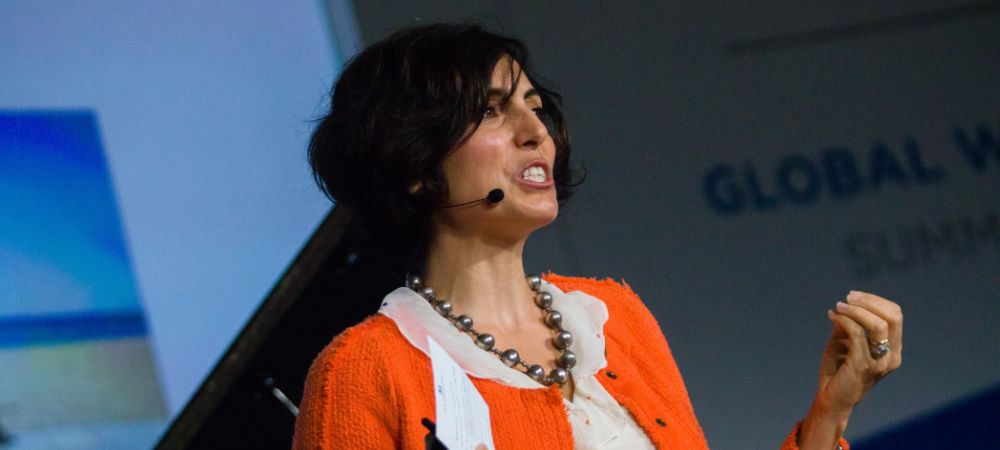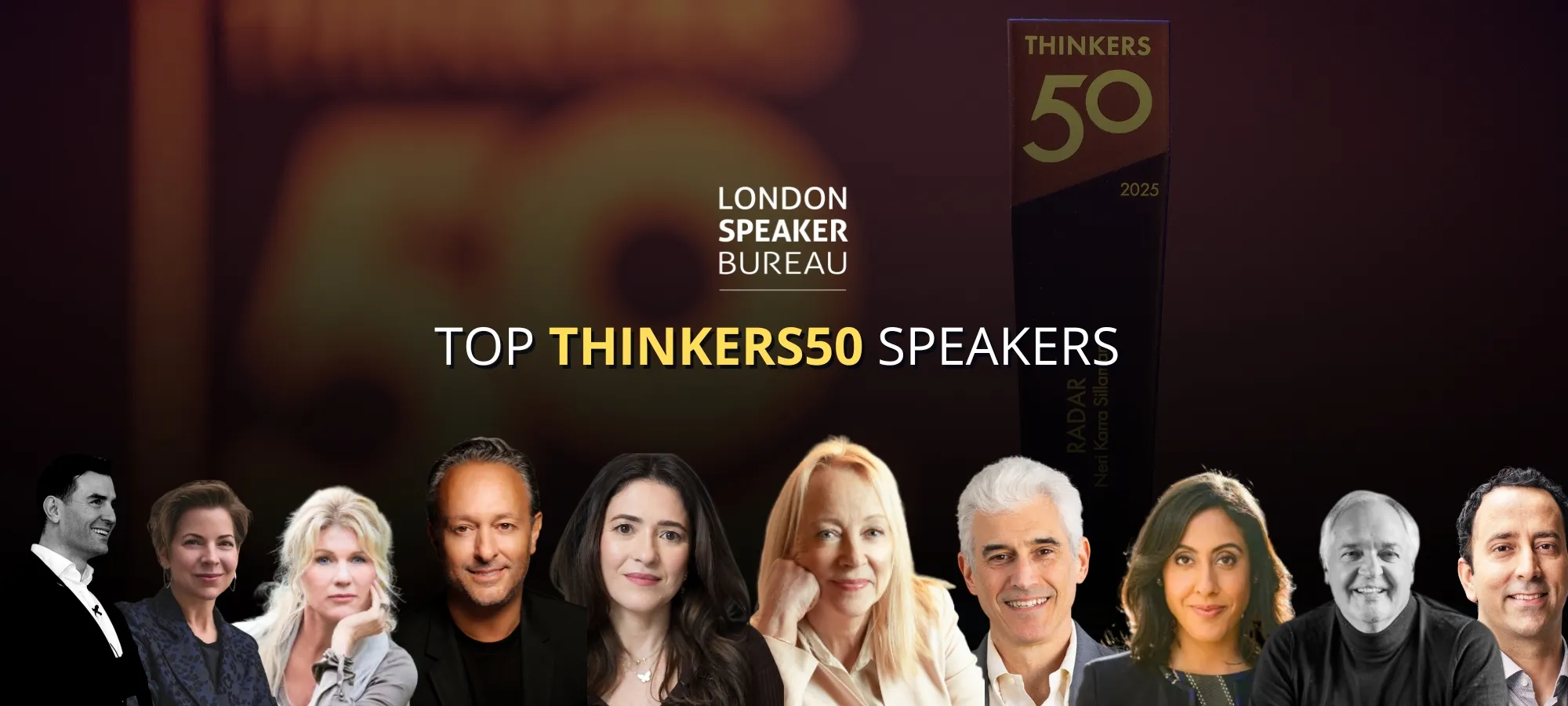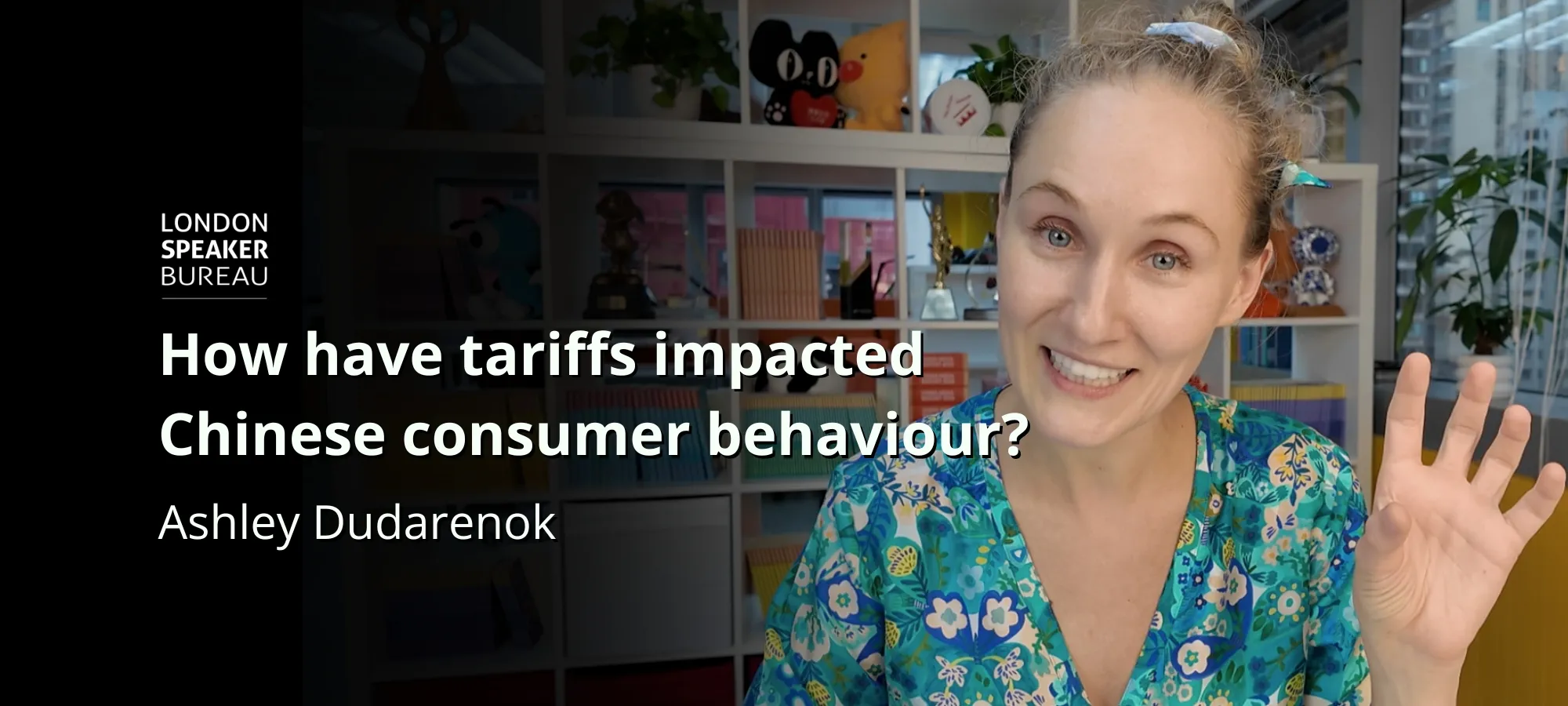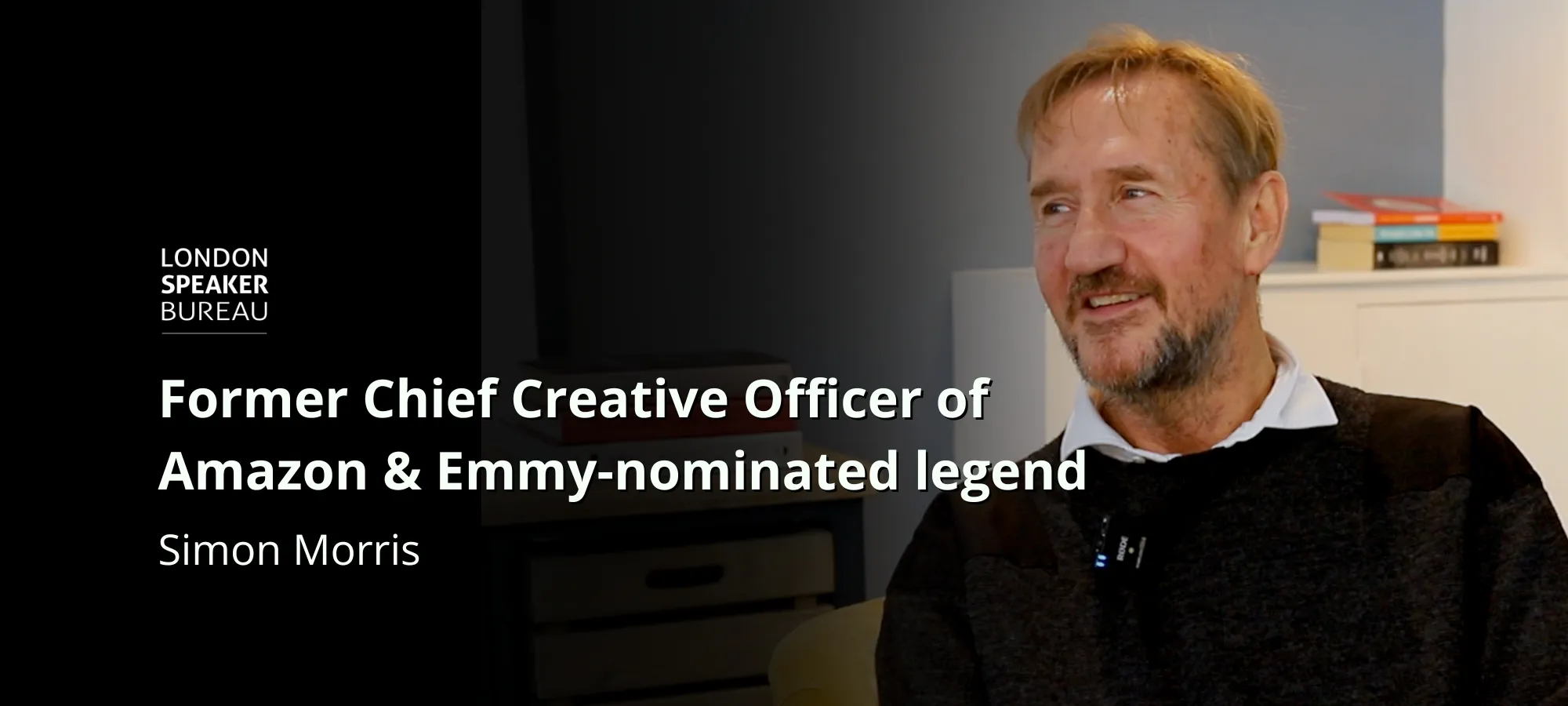Silvia Garcia is best known for recently leading the International Marketing & Happiness Institute at Coca-Cola
 Silvia Garcia, formerly the International Marketing Director and leader of the Happiness Institute at Coca-Cola has extraordinary expertise in organizational and employee success. Garcia gives clarity to the way emotions can influence decisions and sheds light on how important individuals’ happiness at work is to the longevity and profitability of the company, they work within. Using the first science-based index, which is valid for all cultures, Garcia measures each ingredient of happiness at work and inspires millions to change lives and business outcomes. Consequently, she is annually invited by the UnitedNations, and highly requested by clients from sectors like banking, consumer products, and media, to deliver inspiration and share her actionable ideas on the global state of happiness and the repercussions of discontent workers.
Silvia Garcia, formerly the International Marketing Director and leader of the Happiness Institute at Coca-Cola has extraordinary expertise in organizational and employee success. Garcia gives clarity to the way emotions can influence decisions and sheds light on how important individuals’ happiness at work is to the longevity and profitability of the company, they work within. Using the first science-based index, which is valid for all cultures, Garcia measures each ingredient of happiness at work and inspires millions to change lives and business outcomes. Consequently, she is annually invited by the UnitedNations, and highly requested by clients from sectors like banking, consumer products, and media, to deliver inspiration and share her actionable ideas on the global state of happiness and the repercussions of discontent workers.
What threat does the increased use of technology and virtual training etc? pose to work happiness as face to face collaboration becomes scarcer?
The human brain craves for connection with others. It is a matter of survival, and our brain does not grant the same value to connecting virtually than face to face. As species, humans survived because we were able to bond and collaborate in large groups. We were not the strongest or the fittest for survival. We even had smaller brains than Neanderthals, but our brains were wired for social relations, trust, and collaboration, while those of Neanderthals relied on individual performance. Face to face meetings, negotiations or training have better outcomes than their online counterparts.
More deals are closed, more agreements made, learnings are better grasped and then applied. So, whenever possible, it is better to privilege face to face. However, technology makes it possible to reach out to many that are far away, and that is an incontestable virtue. The problem that I see is when people use technology to substitute human encounters losing the chance to connect and build trust at a deeper level.
You measure the ingredients of happiness to provide overall company improvement, but do you think the quantity of each ingredient or the the perfect ratio is more essential?
To measure happiness at work we need to measure each of the scientific components that account for happiness, like for example, the extent to which each of us feels in control of the outcomes produced by our decisions; the autonomy we feel when performing our job, or the quality of our relationships with others. Each ingredient has been validated and weighted to represent all cultures and backgrounds. The result of the eight components gives the final level of happiness at work on a scale of ten. We can, therefore, find two companies whose levels of happiness at work are equal but who differ in which ingredients they use to attain that level. One could be high on employees’ balance and growth, while the other could excel in purpose, social trust and connections between members. Each company’s emotional landscape is unique and it can be used to establish plans to increase the level of happiness at work or to predict which job-candidate will thrive in a client’s culture or quit within a year horizon.
Is happiness something you believe people must work hard to achieve or can it fall into place more naturally if the right foundations are built for it from the start?
The Western cultural belief -especially in the US- is that we can get anything that we want if we work hard enough to get it. People look for magic recipes and proven steps to succeed in any domain, and more or less ethical businesses prosper in the shade of that belief. But happiness, and much lesser happiness at work, is not something that an individual can attain if working hard enough, disconnected from the others. As a social species, we try to copy the behaviours that we interpret are valued in our company.
No matter what the formal rules are or what leaders say about the company culture in townhall meetings, employees will behave and decide on the basis of what they think the company values. People do what they think works to be part of their social group of reference. A company who wants its employees to behave with high autonomy and accountability but who establishes stiff rules to approve projects, budgets, and ideas, is bound to fail in seeing the desired autonomy and accountability.
Thinking of the happiest places to work conjures up ideas of Google’s office slide or sprouting trees or even just unlimited coffee for some, but what does make up a happy workspace, is it an issue of materiality or people’s attitude?
It is a common mistake to think that happiness is the addition of pleasures. In fact, perks like free coffee or great architecture at work just account for about ten percent of happiness at work. Thinking that perks will boost your employees’ happiness is a very expensive mistake. Employees get a boost with a new perk, but the pleasure effect only lasts a few weeks, and then you need something stronger to produce the same boost of happiness. Using perks to sustain happiness at work is like thinking you can have a satisfying romantic relationships by offering a box of chocolates every week
Relationships that last make individuals feel valued, often a safe space to fail, learn and grow; allow individuals to nourish their individuality and agency as well as their interdependence, and finally use imagination to add a little bit of a thrill and excitement. It is somehow similar in the workplace. Google not only has wonderful offices and perks; they also have a very talented HR department that works on offering the conditions of happiness at work and trains managers on them. And they are taking the science of happiness very seriously. We have recently certified a chief happiness officer at Google.
In what ways is the nature of Human Resources going to change in the next five years and how can companies prepare for it?
Machines (AI) will be better than people at managing a high quantity of data, and therefore they will completely replace people in some jobs, and complement employees in others. For example, doctors will evaluate the risk of a patient developing a certain type of cancer in view of their physiological data (AI will provide data and probabilities) combined with the patient’s lifestyle and emotional landscape. There will be a bigger-than-ever need for humans to make sense and put into context all the information retrieved and chosen by AI, in order to take highly complex decisions.
AI is only able to work with what happened in the past. But the future is stubborn at eluding to be predicted by the past. As economists say “we are very good at predicting and explaining the past”. Humans make decisions considering information not accessible to machines, as well as evaluating the consequences of decisions in a wider picture. But to do that, our brains need the best possible emotional landscape at work. At toxic workplaces, employees do not have access to the higher thinking part of their brains, instead, they are highjacked by their center of fear, in charge of making quick, visceral decisions when we feel under threat. If Human Resources professionals want to help companies succeed in this new economic reality, they need to focus on providing the right emotional landscape to their employees so as to allow the conditions for better decision making, flexibility, and resilience, more trust, collaboration, and innovation. All of those are by-products of the right emotional landscape that can be tracked.
Generation Z reported having the worst mental health of any generation, and with a large majority suffering from high levels of stress and anxiety, how can a company plan to care for them as they start to enter the workplace?
Generation Z has received a lot of pressure to be independent and to focus on self-realization. However well-intentioned their parents were, the relentless pursuit of self-realization and independence has left Generation Z (and others!) with a higher level of stress and anxiety. Discovering we are all interdependent is a humbling powerful realization that sets us free from believing our happiness only depends on us while entitling us to reach out to others -which turns out to be one of the sources to alleviate stress and anxiety-. Having said that, Generation Z also suffers from a paradox regarding stress and anxiety. And that is that they are stressed to be stressed! Living, working, or parenting are all meaningful experiences that involve high levels of stress.
This generation is searching for the wrong answer. Instead of trying to find out how to live a life free from stress, they should be looking at ways to recharge and maintain balance while going through meaningful stressful experiences. Companies and colleagues become Generation Z’s “Sherpas”, guiding them into the strength, satisfaction, and reward that comes from struggling, companionship, learning, and working together towards a common goal. When we track the emotional landscape of our clients, we differentiate the different groups, like Generation Z, advising each company on the right plans going forward
Finally, do you have any morning habits or handy tricks that you do every day to help keep yourself happy?
My routine incorporates a daily walk with my husband. It is a resourcing time for us, connecting with nature, that we use to chat, discuss the things that worry us, or share ideas that we are excited about or struggles that we face. Most of our most important decisions have been taken during a walk, like living in the United States, daring to start my consulting company, or most recently, moving to France.
Interested in booking Silvia Garcia as a keynote speaker for your next event?





